
How to Bulletproof Your Legs as You Increase Run Volume
Looking to increase your run mileage and stay injury-free? The work starts in the gym—and we’ve got all you need to know to do it.

Looking to increase your run mileage and stay injury-free? The work starts in the gym—and we’ve got all you need to know to do it.
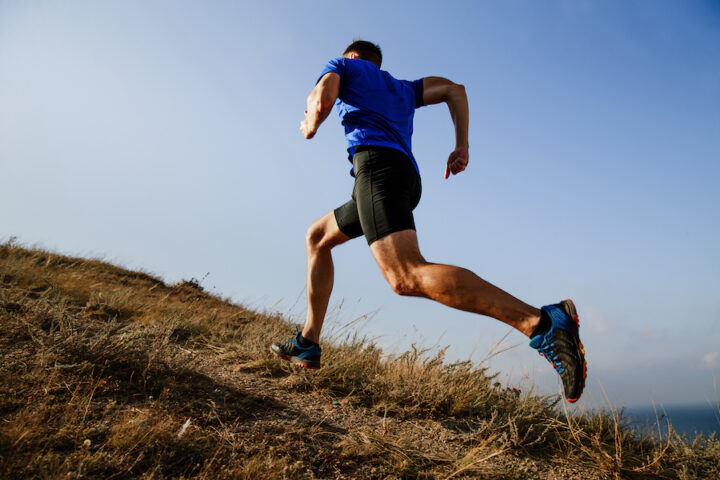
Build your run-specific strength and power with this hills session from Olympian and elite coach Ryan Bolton.

We have a holiday-themed bike session that’s ideal for cyclists and triathletes.

Training at this time of year can be tricky. We’re here to help you with our top 10 tips for success during the off-season.
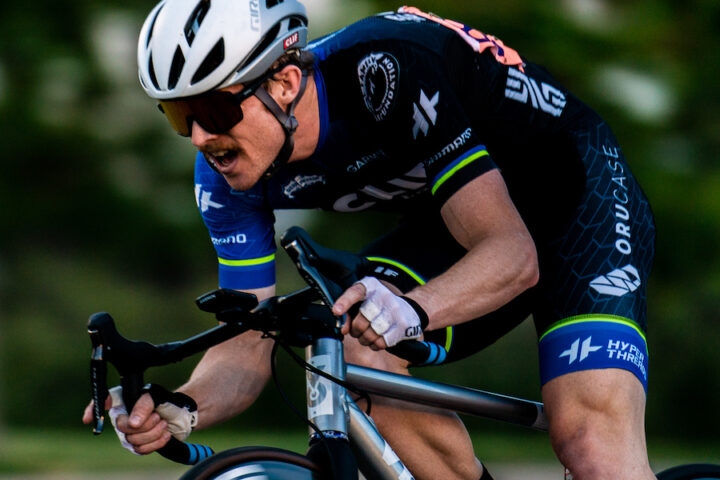
Then we’ve got some news you might like. Research out of Norway shows two shorter workouts can help build endurance in the same way those long workouts can.
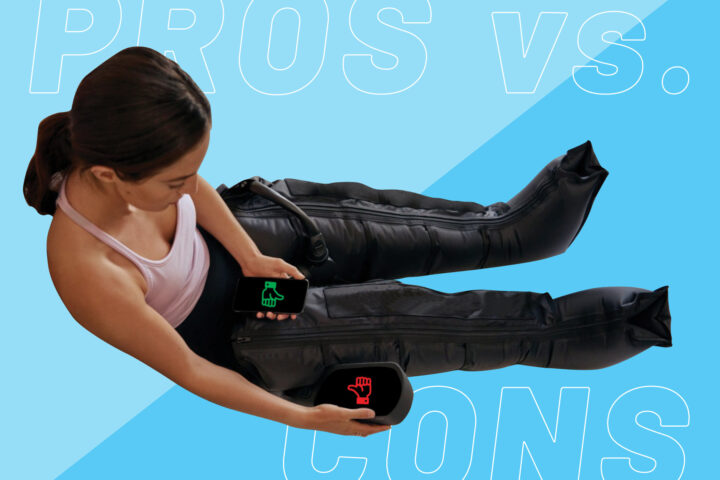
Everyone seems to have a pair—or want a pair, but are they worth it? Two triathlon coaches debate the pros and cons of compression boots.

We dive deep into the world of AI to understand how it can be used for optimal training and performance.

The benefits of polarized training are well known, but is there a minimal dose needed? We find out.

The semi-annual time change can often wreak havoc with our sleep and training. Find out how to mitigate its impact and use it to your advantage.

After talking about the benefits of cross training on the Fast Talk podcast, Coach Lauren Vallee gives us some of her go-to bike and run workouts that can help cyclists with their running—and runners with their cycling.
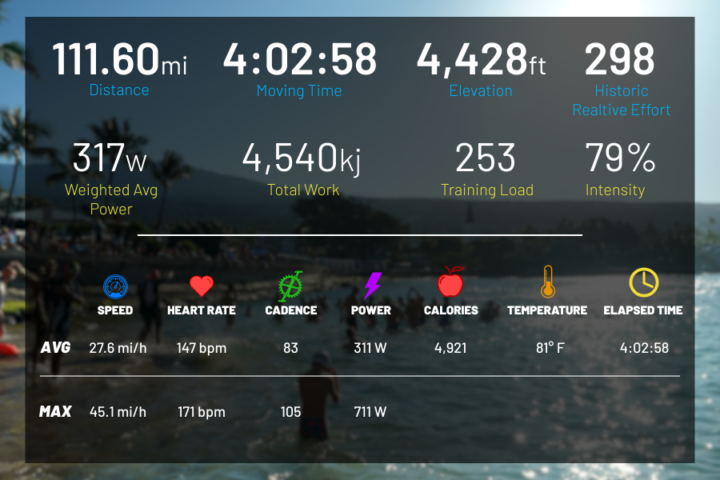
Sam Laidlow took almost five minutes off the bike course record at the Ironman World Championship. We do a deep-dive analysis on his power file to find out how he did it.

Ironman Kona vs. Leadville 100. We ask athletes who have raced both and offer tips for success at each.

Heat, humidity, wind, pacing—we take a look at some of the factors that affect success at the Ironman World Championship in Kona.
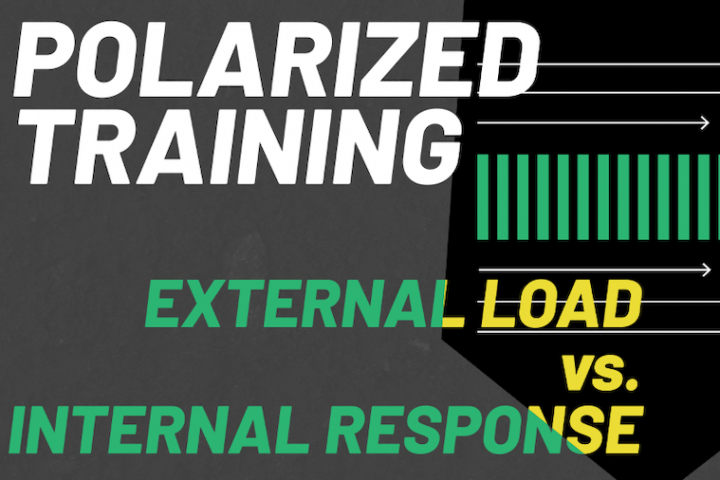
Load, stress, strain—they’re terms we hear a lot in sports science, but what do they mean? Dr. Stephen Seiler explores how your internal response to external load will change as you become fitter and more durable.

Get the right mix of intensity at the right time and polarized training pays off. Take a disciplined approach for best results.

The concepts of central and peripheral conditioning help explain why an effective training base period leads to speed and durability in the race season.
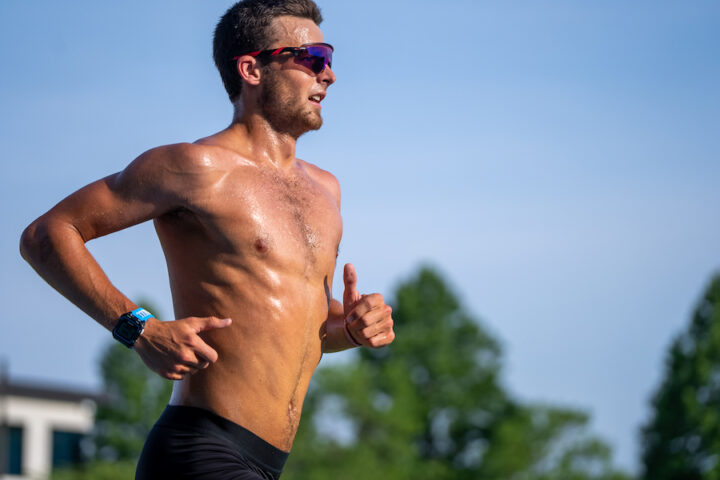
Sticking to 80/20 and training by heart rate are just two of the key polarized training rules you’ll want to follow.
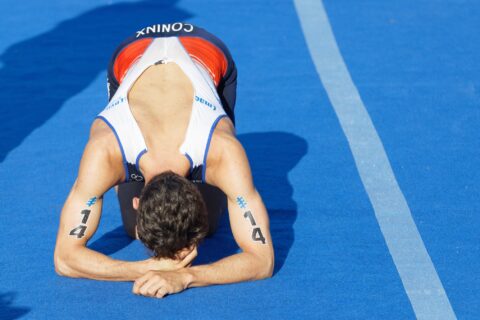
Polarized training is most successful when your body is ready for high-intensity sessions. Understanding how your autonomic nervous system works can help you time it right.